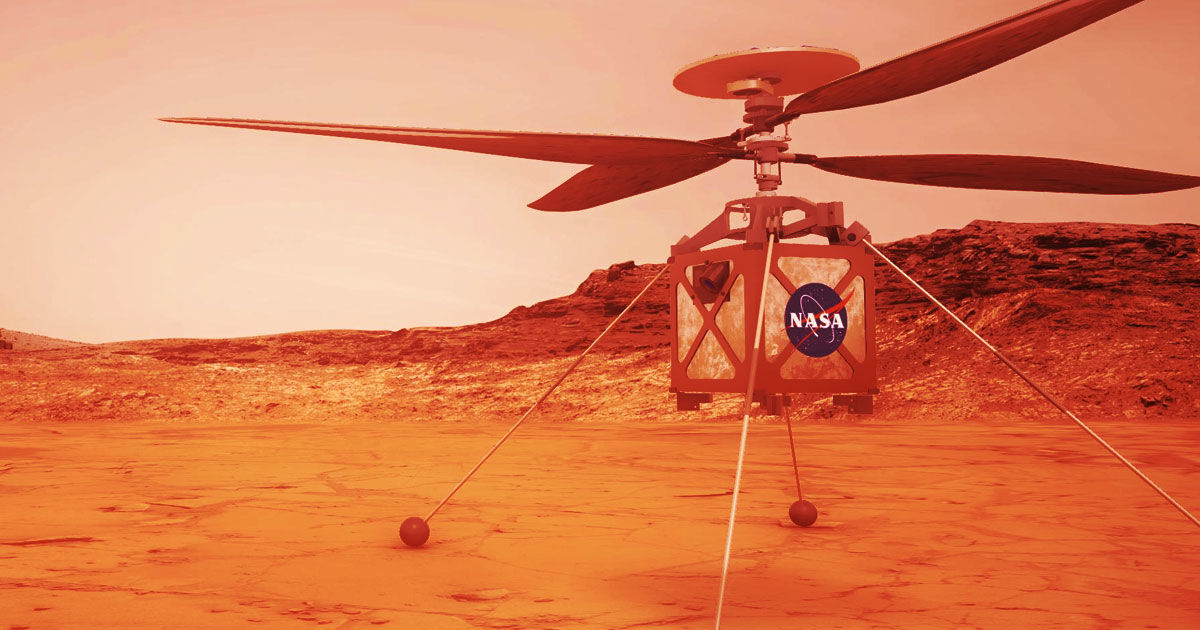- The test marked the first time a craft used a liquid-methane-burning engine to lift itself that high.
- The successful test paves the way for larger-scale tests of Starship prototypes.
- SpaceX could send Starship to Mars by as early as 2024. More realistically, the company plans to use the rocket to conduct cargo missions in 2021.
Spacex successfully on Tuesday completed its highest and most difficult test of Starhopper, the early-stage prototype of the spaceship CEO Elon Musk hopes will someday transport humans to Mars and beyond.
In a video of the test at SpaceX’s test site in Boca Chica, Texas, the prototype craft — which some say resembles a flying water tower — can be seen lifting itself about 500 feet in the air, hovering for about 10 seconds, and finally descending back to ground, stirring up a cloud of dust in the process.
At first glance, the test might not seem too impressive. But it marked the first time a craft used a liquid-methane-burning engine to fly that high above the ground, serving as a proof-of-concept that SpaceX can use to move forward confidently with full-scale prototypes of Starship. These prototypes — which SpaceX is calling Mk1 and Mk2 — will pave the way for future moon and Mars missions using Starship.
Starship is set to use six SpaceX Raptor engines, which are a family of methane-fueled SpaceX engines that the company plans to use on interplanetary missions. (For context: Starhopper used a single Raptor engine; Mk1 and Mk2 will probably use three each; and the “Super Heavy” rocket is set to use 35.) However, Musk said Starship’s specifications might get updated after SpaceX reviews data from Tuesday’s test.
As for Starhopper, Tuesday’s test was its last. But although Starhopper will never make it to space, SpaceX plans to make use of the experimental craft on Earth.
“Yes, last flight for Hopper,” Musk said via Twitter on Saturday. “If all goes well, it will become a vertical test stand for Raptor.”
SpaceX’s Starship
Starship is set to be a 100-passenger spacecraft that will be launched off of Earth by SpaceX’s Big Falcon Rocket, or “Super Heavy” rocket. But Starship is unique because it’s also a rocket unto itself, one that’s designed to land on and take off from distant planets all on its own. It’s also unique because it’s fueled by liquid methane and liquid oxygen, both of which are gasses that could theoretically be produced on other planets and used to refuel the craft.
What’s next for Starship? It’s hard to say exactly — in part because Musk is known for setting aspirational timelines — but, based on the company’s statements, you might expect to see Starship:
Even if SpaceX doesn’t send humans to Mars by 2026, Musk is confident Starship will get the job done someday.
Related Articles Around the Web
This article was originally posted on Big Think









